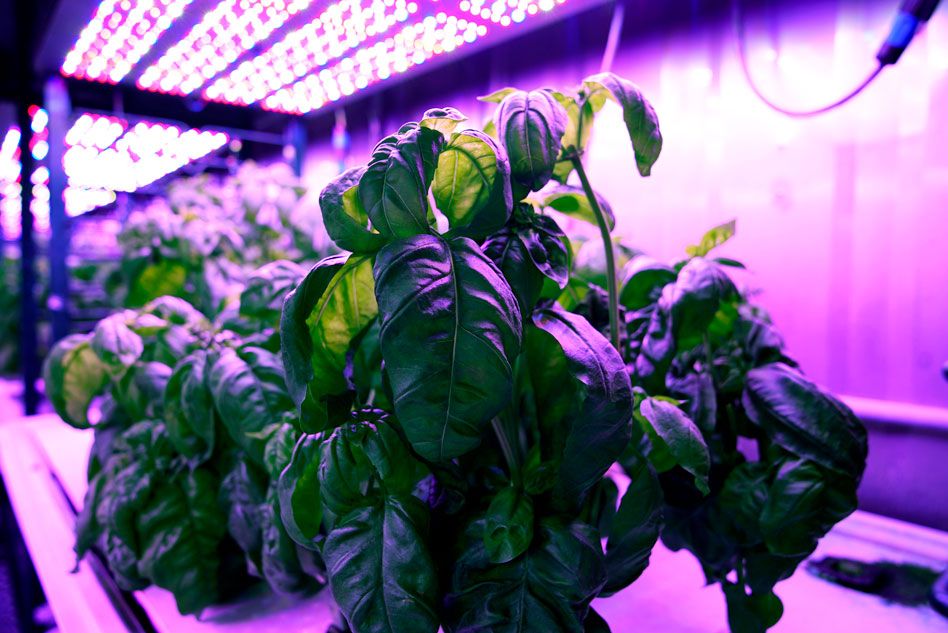Kassiopeija
Well-Known Member
But I'm not an "LED guy"The internal workings of a leaf do not work on conductive and convective heat from air, this is merely part of the leaf budget and you and others with leds need to stop bending science with sheer will.

And that LED is actually the latest investment because this summer has been the second brutal hot summer in row, running lights during the night I had over 36°C in my big tent under 600 W HPS but not over 30°C with Cree 3590 300W in a tent at the same room, with the LED tent being only 1/3 of the volume of the HPS tent! I just try to keep an open mind not only with lights... for example fertilizers, soil additives & stimulants: 40 different bottles not even counting the stuff I pull directly from nature.... with lots of new interesting stuff on my list that I also need like Chitosan
and since I came to this forum (to learn) I tried to make sense of the things you write but I really have a hard time following you. It may be a language issue on my part....
Yes, all references made is ambient temperature. Most scenarios described are either outdoors or from a controlled experiment.Thank you! Great info you shared.
I agree about lower temps being beneficial under led. I like 76-82• / 60-65%. I do not feel that raising ambient temps is the key to raising leaf temps. You are not discussing leaf temps or its incorporated in the reading? Im no scholar! Lol!
I am well aware of this last one where green is just as useful as red + blue.
The led company i use taught me this stuff when i first bought one. Thats when burple was fading out & i was buying the closest to the sun i could get at the time, called the "Equetorial Spectrum" .
My theory is not that green or any specific nm's are useless, each play their role.
I'm suggesting that simply because it is artificial light , that there is an over abundance in full wavelengths of 400-700nm. White leds. I feel the plant would bennifit from reducing any overabundances as well as adding some nm's outside the McCree curve to touch the plant everywhere we can. Some do great though. Its just not simple overnight learning.
Yes, direct leaf temp would probably be a better place to look at and draw some insights from, but I would need to get myself another instrument to measure this. And get some experience with the numbers in order to be able to put things into relation... maybe Santa Claus has it in store for me already?
Landplants had about 500 million years to adapt to natural light. From a certain standpoint it would make sense to mimick the natural spectrum as close as possible because there may be -or not- still some unfound variables in how plants react to that broad natural spectrum.
I had a one-time experience few years ago when living in the hills with some strains from Nirvana:
raised in May indoors with very soft CFL light only, I put them outdoors directly under the strong June sun (albeit at a spot where they got direct sun only for 5-6h a day.) Plants at that stage were already 50cm high. Under the first really sunny no cloudy day all plants' leaves showed totally irregular bleached white spots on all leaves (I've never seen such an equal damage outlook on any picture here or in another forum) with all plants loosing all their damaged leaves. (they bleached even more, wrinkled and fell off on their own). After that, they grew new leaves which were absolutely able to withstand an even harsher sun at a higher altitude (+150m) for twice the duration with the sun even moving more into the zenith.
My bet is that the first encounter with UVC radiation destroyed those leaves, and that the plants reacted with the buildup of secondairy metabolites to counter that. However, IDK. It could've been UVA or UVB or maybe it was just too much visible light or even a combination of all these reasons.... but growers actually already use light in some of these spectra with no resemblance of said unique damage.
If we would mimick the sun UVC would also be necessary to some extend. I'm aware that this kind of radiation actually creates cellular/DNA damage - but wouldn't that also be useful in order to counter botrytis/PM? Small pests are much faster destroyed by UVC as big lifeforms that potentially have the power to repair themselves. UVC is a powerful sterilization tool. Maybe someone already did experiment with that?
Last edited:


